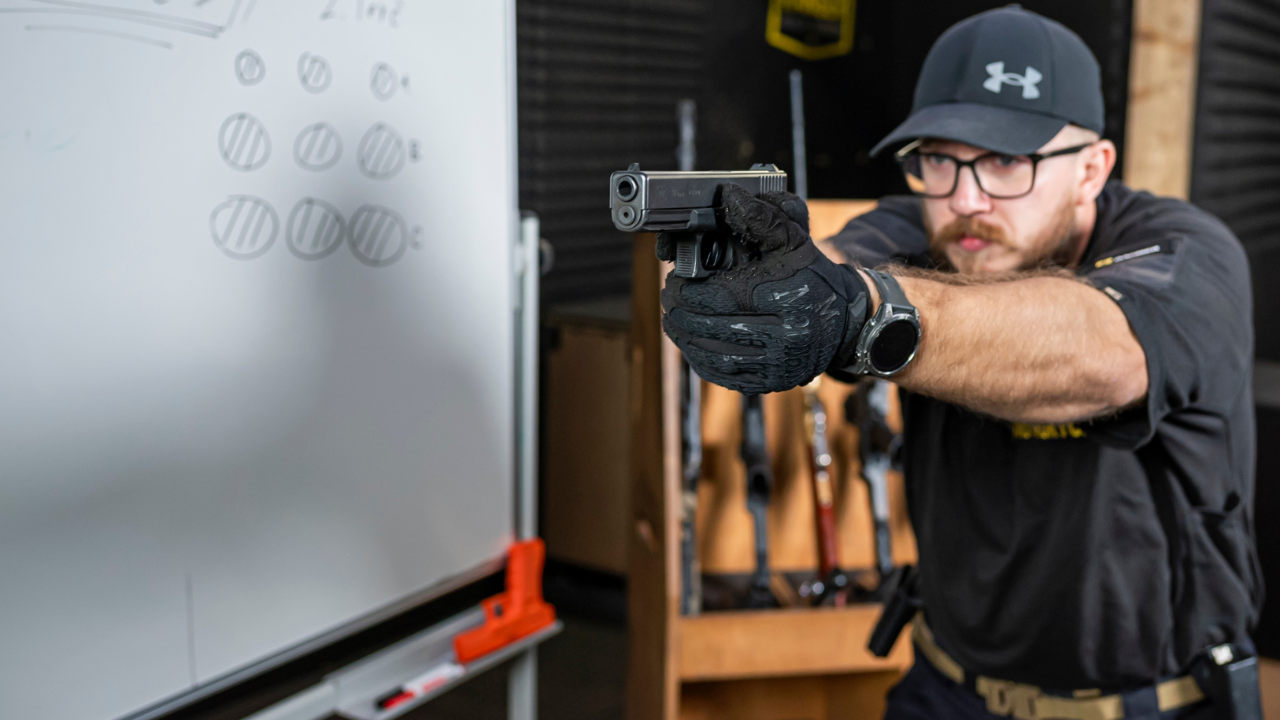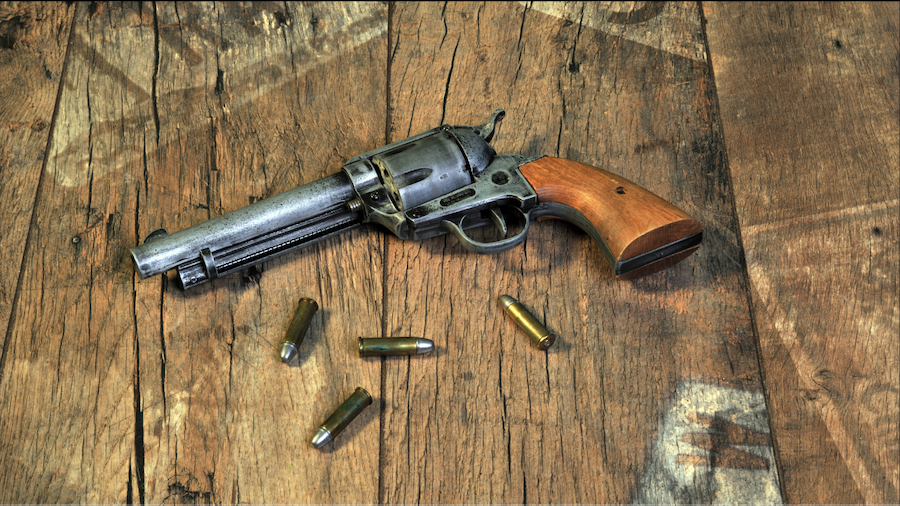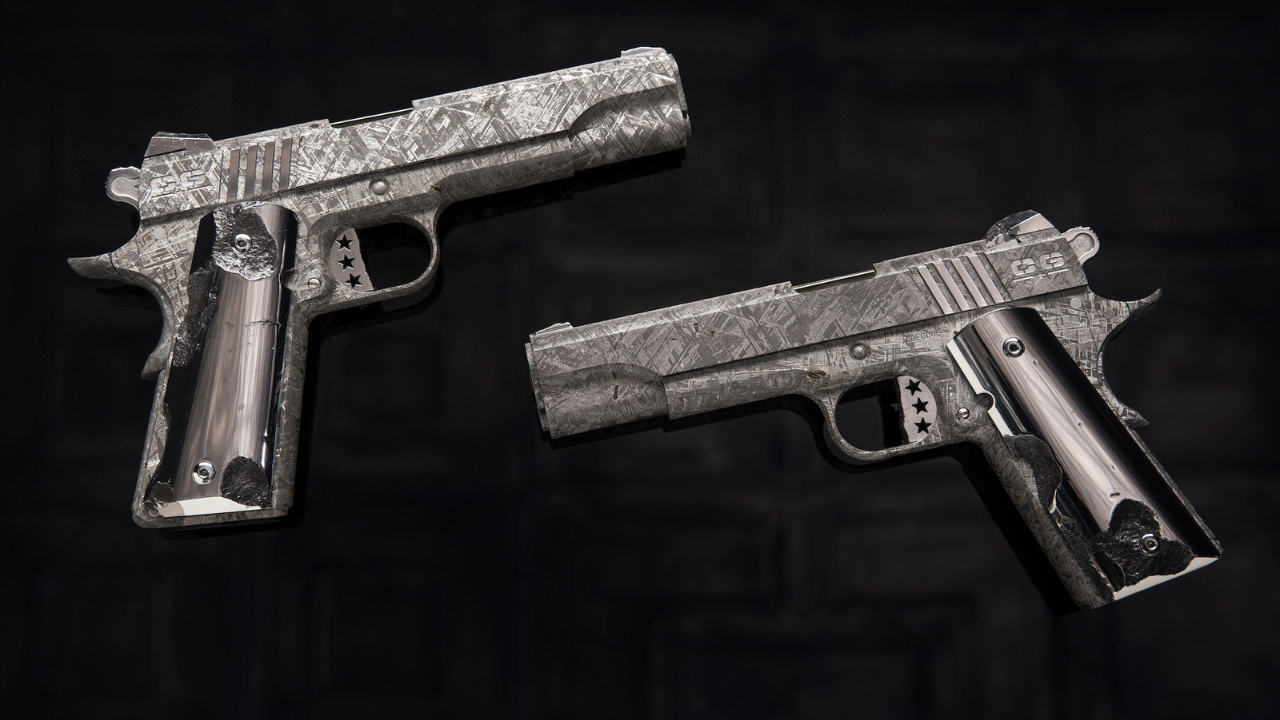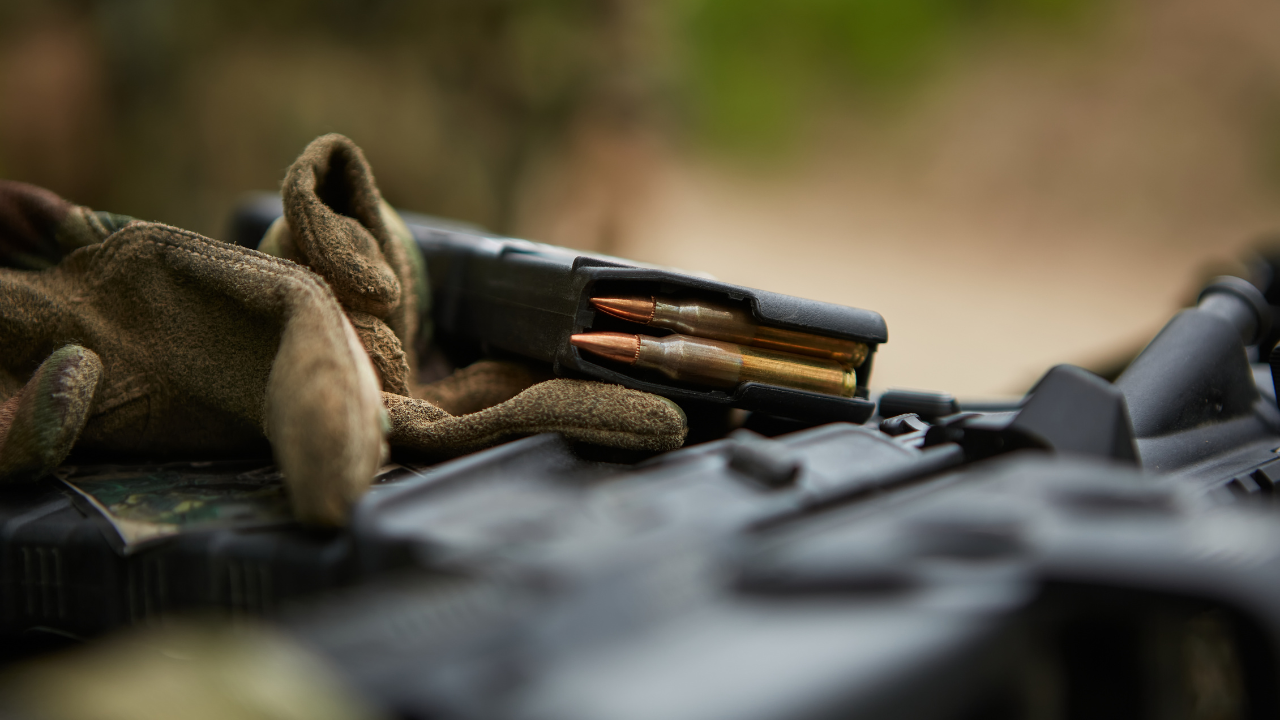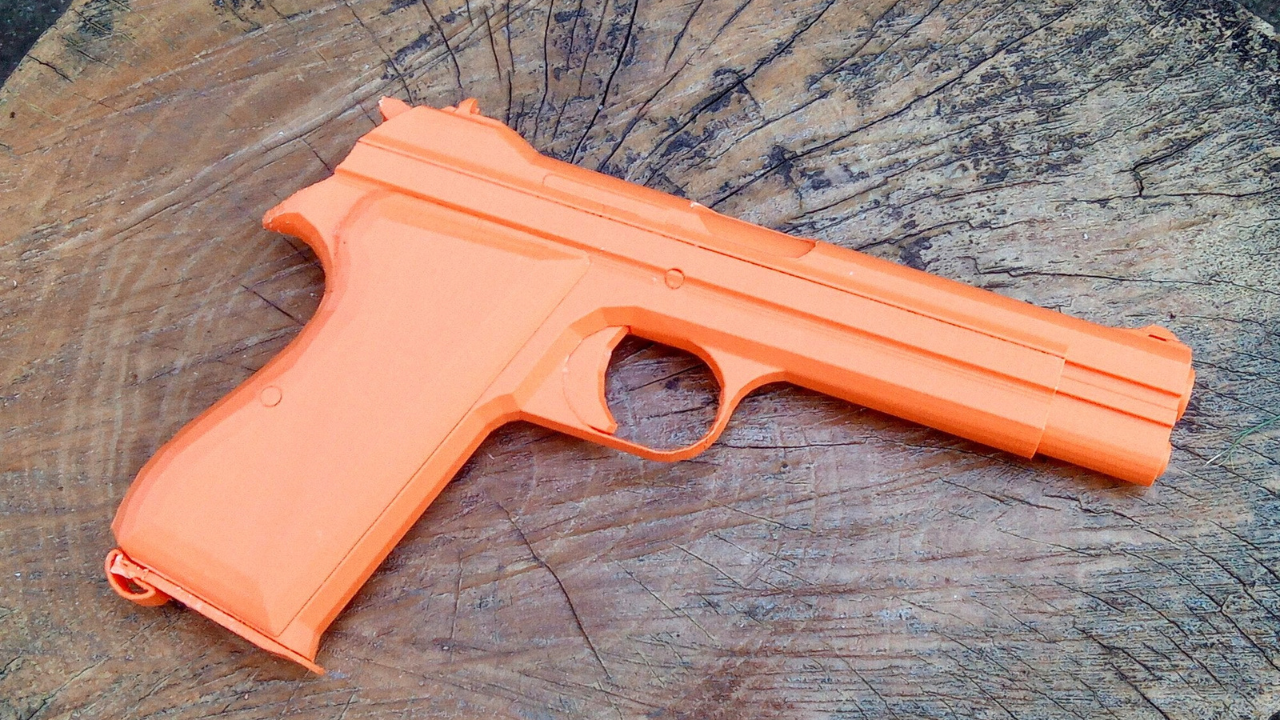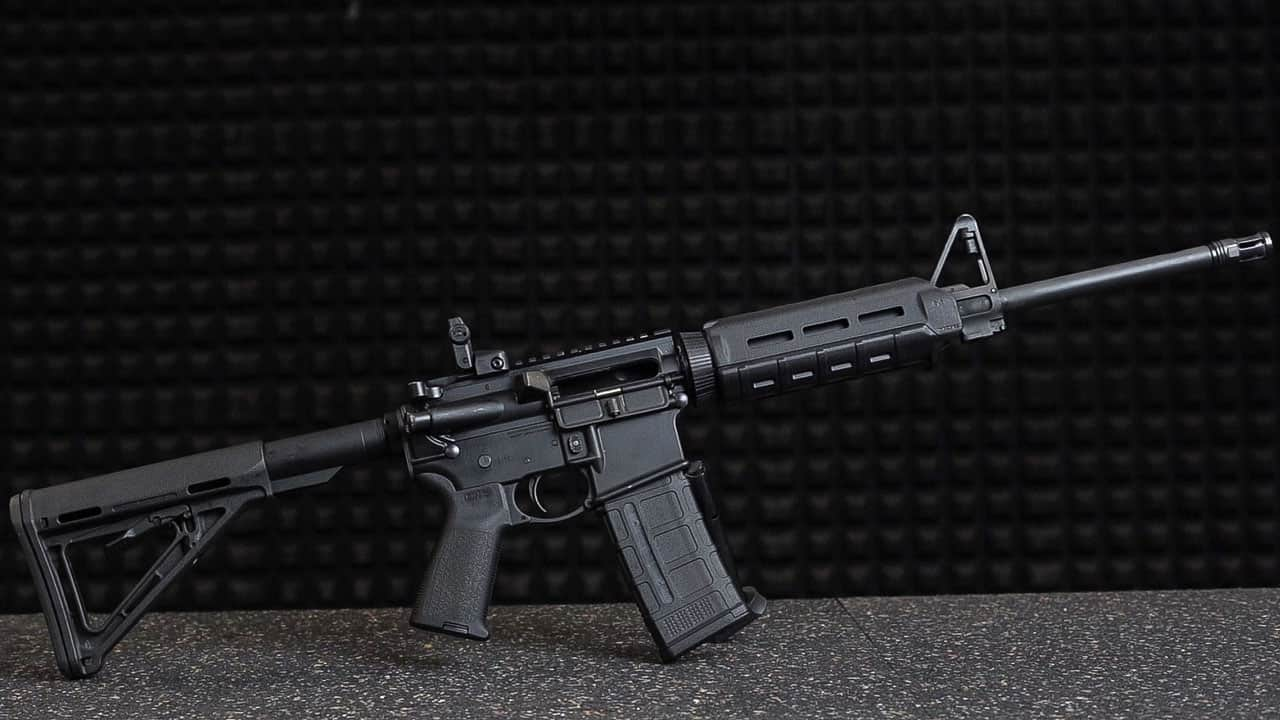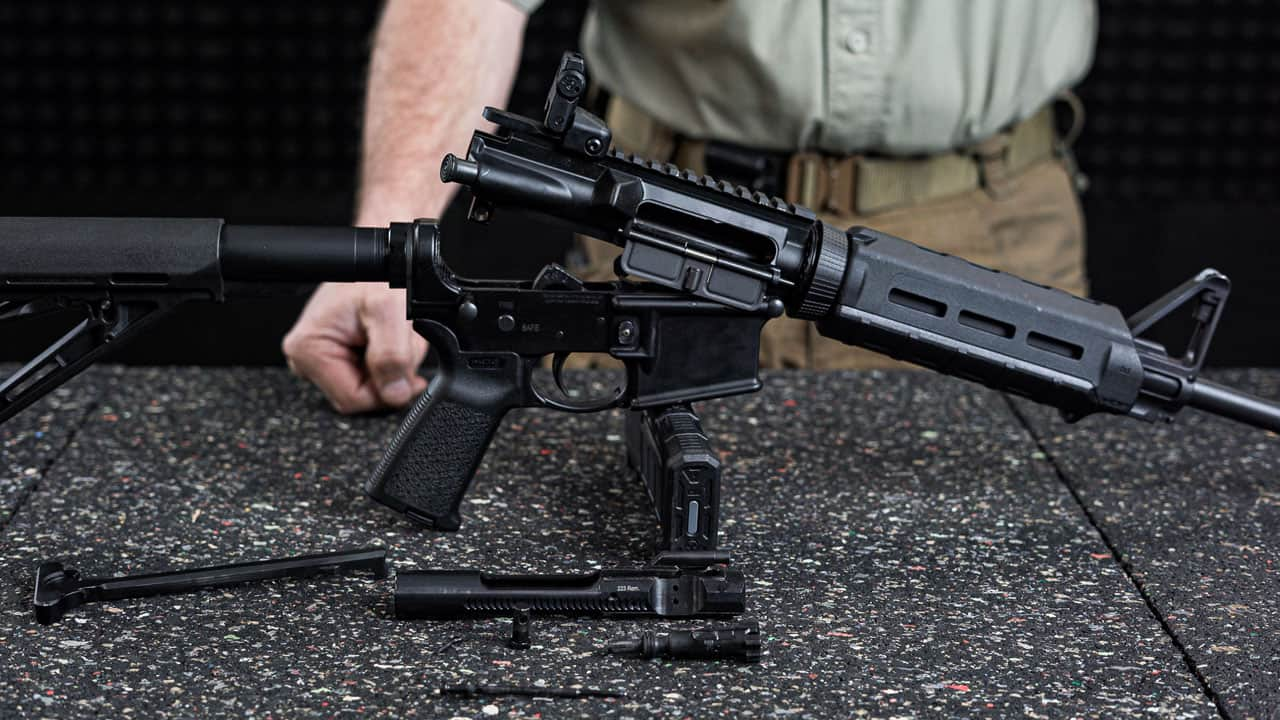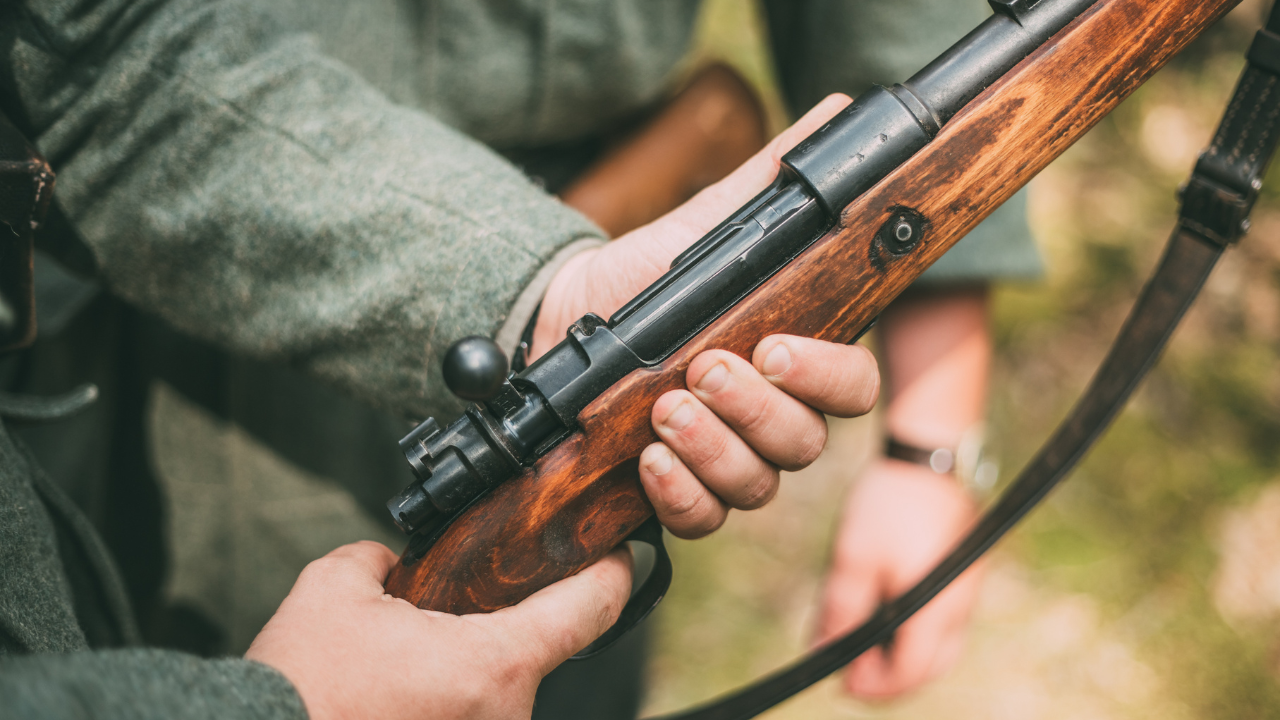
The history of one of the oldest German companies dates back to 1811 when King Friedrich I of Württemberg founded an arms factory in Oberndorf for his army. Franz Mauser took up the position of chief gunsmith, and gradually, seven of his sons, two of whom would make history, joined the workforce. While Wilhelm demonstrated managerial skills, Peter Paul developed into a skilled designer.
Difficult Beginnings
During his military service, Paul studied the „needle gun“ Dreyse M 1841, which was easy to load but suffered from several drawbacks, including significant dispersion. Upon returning from the military, the brothers set out to improve it, focusing on enhancing the functionality of the bolt. The firing mechanism was cocked during its movement, and uniform cartridges with metal casings replaced paper ones.
Fate, however, was not kind to the inventors, as the military officials of Württemberg did not want to hear about the innovative rifle. The Mauser brothers founded and closed several companies, futilely presenting prototypes to generals. It wasn't until Prussian officers recognized the weapon's qualities that, in 1871, it was adopted into service. However, large companies secured production rights, leaving the brothers with the production of sights. Nevertheless, they acquired halls from the royal arsenal for future contracts.
When a weary Wilhelm died from business travels in 1882, Paul had no choice but to transform the family business into a joint-stock company. Eventually, he remained with the company only as a technical director, and at the end of the 19th century, Mauser merged with other arms manufacturers to form the Deutsche Waffen und Munitionsfabriken conglomerate.
Paul was more interested in the success of his beloved bolt-action rifle than paperwork. After the unification of Germany, the military contract now included not only the armies of individual states but the entire empire. In 1894, he opened the eyes of Berlin generals, and official tests were allowed due to Spain's interest. The Mauser M 98 in 7.92 mm caliber performed excellently, becoming the standard rifle for German troops in the spring of 1898.
In addition to soldiers, hunters also recognized the design's advantages, and Mauser rifles, often rechambered for larger calibers, were used on safaris in Africa. However, Paul did not rest on his laurels; he continued to focus on development. For his technical contributions, he was elevated to the nobility. Unfortunately, he did not live to see the First World War, during which his M 98 proved highly effective.
Bolt-Action Rifles and Pistols
One of the most famous designs is the shortened Karabiner 98 kurz, measuring 111 cm with a 60 cm barrel. Its design was based on a cylindrical sliding bolt, which required no tools for disassembly. The sliding movement acted as a primitive self-cleaning mechanism, making it popular among users.
The „eighty-eight“ gradually found its way into the arsenals of thirty armies. It gained particular prominence among the Wehrmacht soldiers. Interestingly, from 1943, a part of these rifles was produced in the Brno arms factory, resulting in over a million units. Some were used by the Czechoslovak army after the war. Over 100 million units have been manufactured worldwide to date.
Besides rifles, Mauser also produced short arms. Paul Mauser's very first design in the 1870s was the single-shot revolver C78 in calibers from 6 to 11 mm. It did not enter German army service due to its high price. The Model C96 fared better, representing one of the world's first semi-automatic pistols. Developed by the Feeder brothers without their superiors' knowledge, the gun impressed owners. Production began in 1896, and various models were made in 7.63 mm, 9 mm, and .45 ACP calibers, feeding from a stripper clip. The 1932 model allowed automatic firing.
Lesser-known designs include the pocket-sized Mauser 1910 in .25 ACP and the similar Mauser 1914 in .32 ACP. During World War I, German officers, police officers, and aviators used them due to their small size. In the 1930s, the simplified Mauser 1934 continued this trend, seeing service in the Second World War. The brand's final pistol in the 1940s was the HSc with a self-cocking hammer, originally designed for the civilian market but used by soldiers, sailors, and Waffen-SS personnel.
Targeting Hunters
In April 1945, French soldiers occupied Mauser Werke, halting production. The local commander ordered the destruction of documentation and the demolition of most buildings, leaving only measuring instruments in the remaining ones. A trio of former Mauser designers saved some machines and established Heckler & Koch, which later became a leading supplier of small arms to the West German army.
Although Mauser managed to revive in the 1950s, its lost position in this sector could not be fully restored. Managers had to redirect their focus, and in the 1960s, the company resumed the production of HSc pistols in .380 ACP. Some went to police units, while others reached American civilian shooters. The military weapons division produced automatic cannons, and its designers developed the BK-27, used in Gripen and Typhoon fighter aircraft.
However, rifles always constituted the core of Mauser's production, and its new customers became primarily hunters. In the 1960s, the company acquired the designs of designer and representative coach Walter Gehmann. His bolt-action rifle utilized a rotary element in the sliding bolt, reducing the weapon's length by 10 cm while maintaining the barrel length. The system allowed easy barrel replacement, giving rise to one of the first multi-caliber platforms.
Precise and Reliable Rifles
Mauser began selling the rifle as the Model 66 in four versions, each compatible with a defined set of barrels. The compact rifle had an integrated magazine for three rounds, and the Tyrolean-style stock featured a cheekpiece and a solid buttplate. In the 1970s, the portfolio expanded with another sporter-hunting rifle, the Model 77, suitable for hunting roe deer, red deer, and mouflon, given its 6.5×55 mm caliber.
Despite these successes, Mauser's market position worsened, and in 1994, it became a subsidiary of the Rheinmetall Group. Five years later, a division occurred, with military weapons production remaining under Rheinmetall, while the sporter-hunting division was acquired by Schweizerische Industrie Gesellschaft and later sold to the Luke & Ortmeier Group in 2000. The new owners preserved the brand, continuing to produce hunting rifles in Isny according to the original patents. The Mauser 98 series is based on the legacy of the most famous bolt-action rifle and includes several models with a nitrided black barrel or a stock made of dark walnut. They are available in "tropical" calibers such as .375 H&H Mag., .416 Rigby, or .450 Rigby.
The Mauser 03 series describes the manufacturer as premium modular bolt-action rifles, easily transformed into a tool for any type of hunting by exchanging the barrel, magazine, and bolt head. They come with stocks made of lighter walnut or black polymer, offering a rich selection of interchangeable barrels. The Mauser 12 rifles focus on extreme durability and a high proportion of manual labor, including cold-forged barrels, robust bolts, and detachable magazines. Among the six versions, the Max stands out with a special beechwood stock, palm swells, and thumbholes. The Mauser 18 series includes a single model referred to as the „people's rifle.“ The manufacturer targets less affluent hunters and shooters preferring simplicity. Key features include a robust polymer stock, a five-round magazine, a blued barrel, and a choice of six calibers. It is worth noting that a common feature of modern Mauser rifles is a silent three-position safety.

